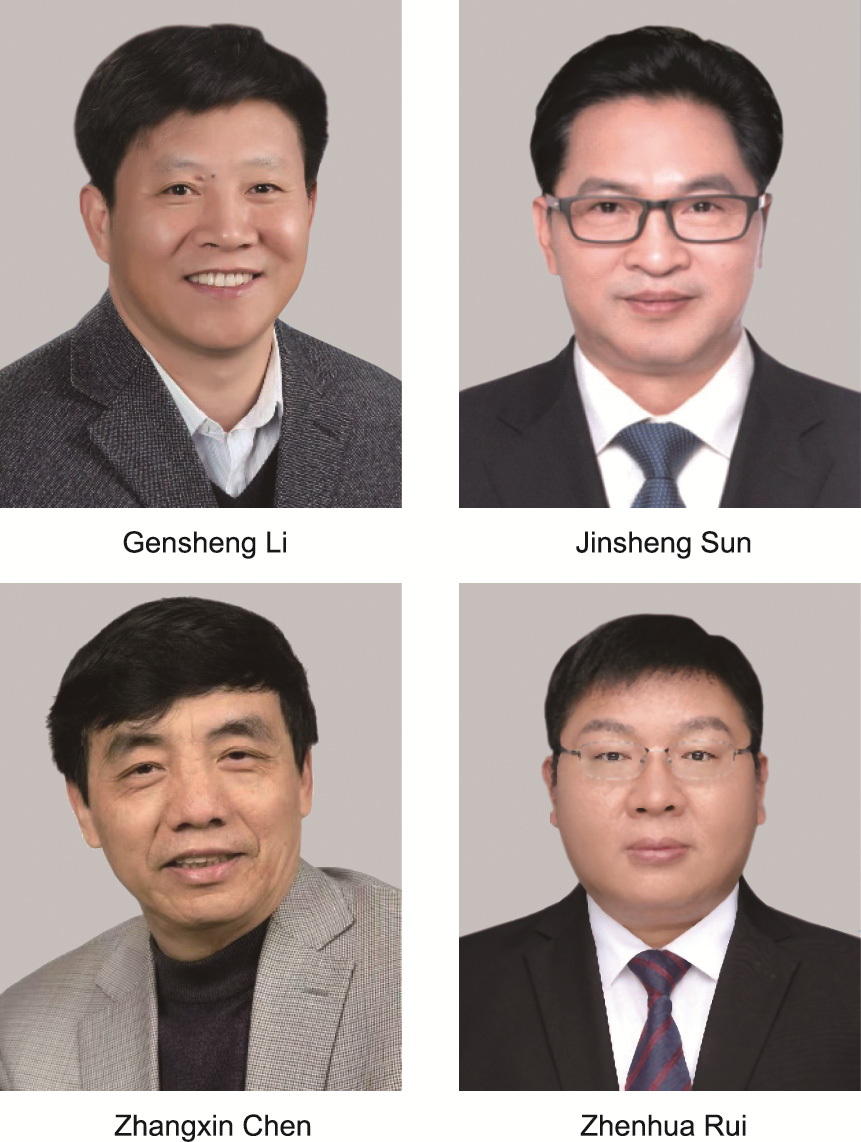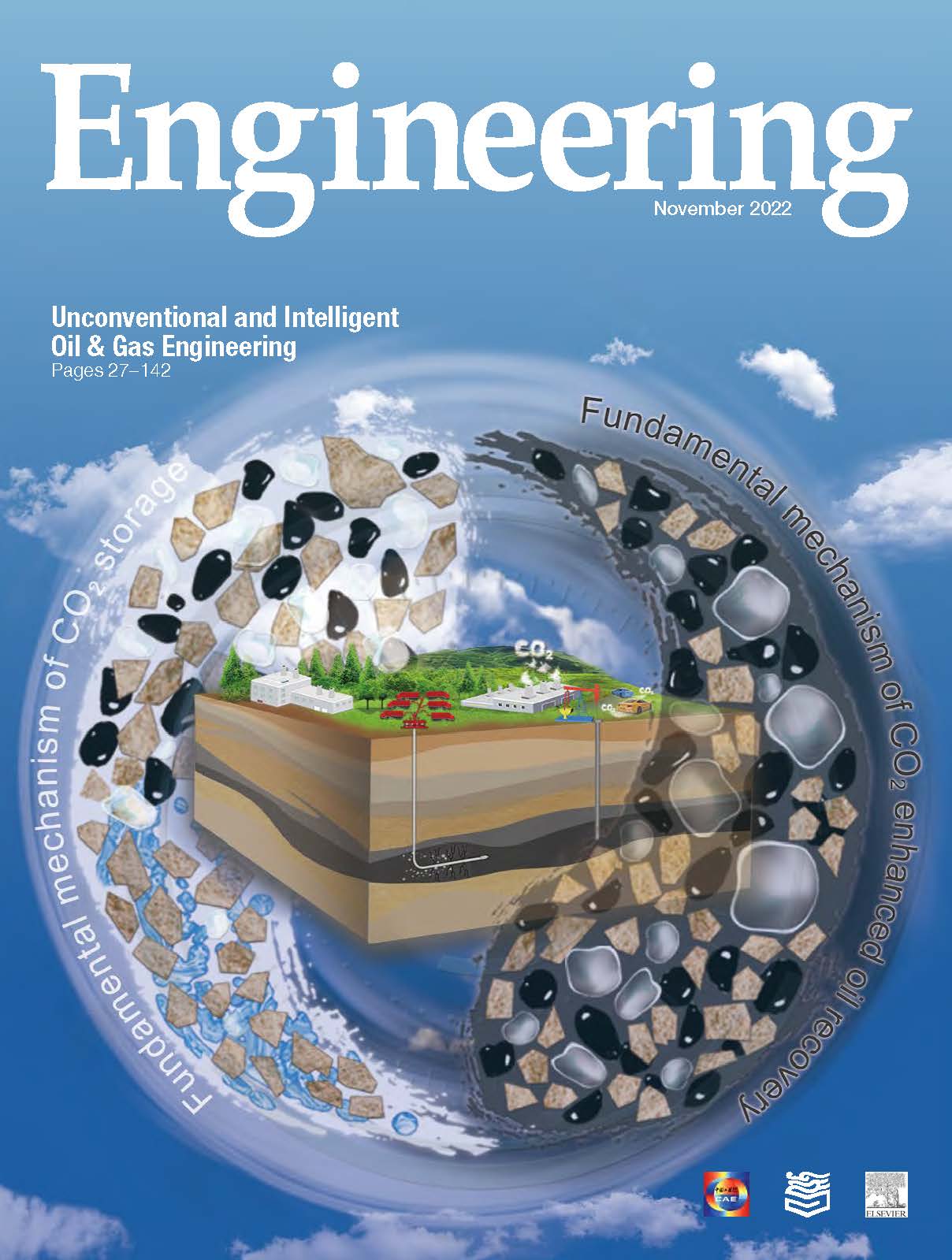
A key global challenge in the 21st century is how to secure sustainable access to energy for a growing global population—set to reach 10 billion by 2035—while coping with the threat of dangerous climate change. The oil and gas industry will still play an essential role in the energy transition by providing affordable and reliable energy to improve living conditions. Meanwhile, producing this energy with decreasing emissions supports a net-zero world.
With the further development of oil and gas exploration, unconventional oil and gas reservoirs, deep and ultra-deep oil and gas reservoirs, and tight oil and gas reservoirs are becoming the main development goals. For example, it is estimated that the reserves of unconventional oil and gas reservoirs in China are three times those of conventional oil and gas reservoirs. In the coming decades, production from unconventional oil and gas reservoirs will become increasingly important as conventional oil production begins to decline. The oil and gas industry must focus on the technologies needed to continue the sustainable development of oil and gas from unconventional reservoirs. Currently, the production scale does not match the massive amount of resources. Challenges of technology, cost, management, and methodology restrict largescale and economic development.
To cope with such challenges, efforts have been made to develop unconventional and intelligent oil and gas engineering over the last few decades. New concepts and technologies have been developed and implemented to extract oil and gas as safely, economically, and environmentally responsibly as possible. Reviewing state-of-art technology, reporting on the latest progress, and exploring future-oriented perspectives will promote the development and applications of new technologies. This special issue of Engineering contains 11 articles with original contributions and views on the most recent developments and research outcomes addressing relevant theoretical and practical aspects of unconventional and intelligent oil and gas engineering.
Carbon capture, utilization, and storage (CCUS) could play a central role in oil and gas exporters’ low-emission development strategies. Liu et al. develop a new concept and technology of storage-driven CO2-enhanced oil recovery (EOR), which is able to achieve net-zero CO2 emissions while accomplishing maximum oil recovery in oilfields. Zhang et al. demonstrate that flue gas injection in coal for CO2 storage and enhanced coalbed methane recovery offers a technically feasible and commercially attractive alternative for large-scale deployment of carbon storage. Lu et al. present a framework that couples a high-fidelity compositional reservoir simulator with Bayesian optimization for injection well scheduling optimization in geological carbon sequestration.
The oil and gas industry has been exploring the potential of enhanced automation and artificial intelligence. Mirza et al. present a critical review and perspective on the applications of artificial intelligence in different areas of the petroleum industry. Gensheng Li et al. provide a comprehensive review of the research status of intelligent drilling and completion, and propose key future research areas in this field. Guoxin Li et al. put forward a novel ‘‘one engine with six gears” system engineering methodology based on successful practices. Fang et al. propose a systematic approach to diagnose the falsification problem of the prior in the uncertainty quantification of a real fractured reservoir case.
Geoscience–engineering integration has been successfully applied in the development of unconventional oil and gas reservoirs. Yang Li et al. describe the management mode and application of geoscience–engineering integration in oil and gas engineering. Jiang et al. introduce a novel drilling and completion fluid technique for improving wellbore quality during drilling and protecting formation integrity. Yang et al. present a systematic review of recent advances in probing the interfacial forces in several petroleum production processes by applying nanomechanical measurement technologies. Zou et al. provide an overview of unconventional petroleum sedimentology and discuss its role in understanding unconventional hydrocarbon accumulation.
We hope the articles in this special issue will help to initiate broader and more effective discussions on these matters to encourage research that identifies and grasps each opportunity. The challenge is significant, but we can be confident and make substantial strides forward together. We thank all the authors for their outstanding contributions, the editors for their generous support, and the reviewers for their valuable suggestions on improving the content and presentation of these articles.













 京公网安备 11010502051620号
京公网安备 11010502051620号




